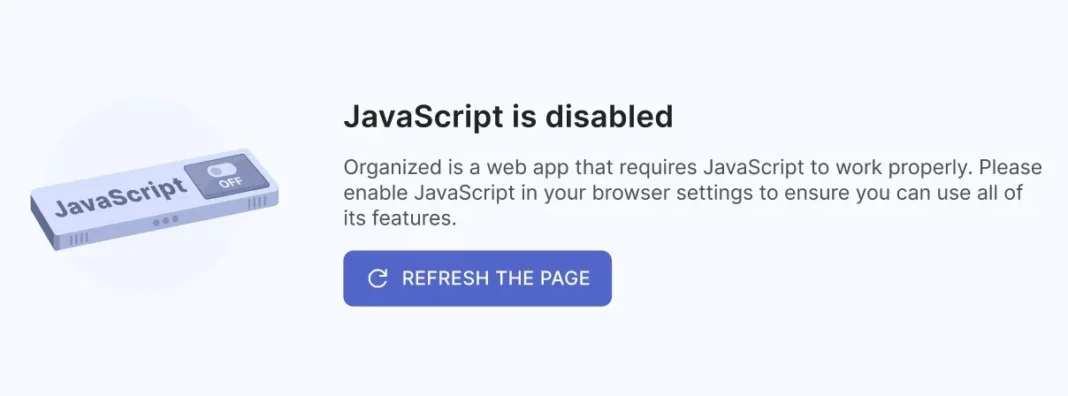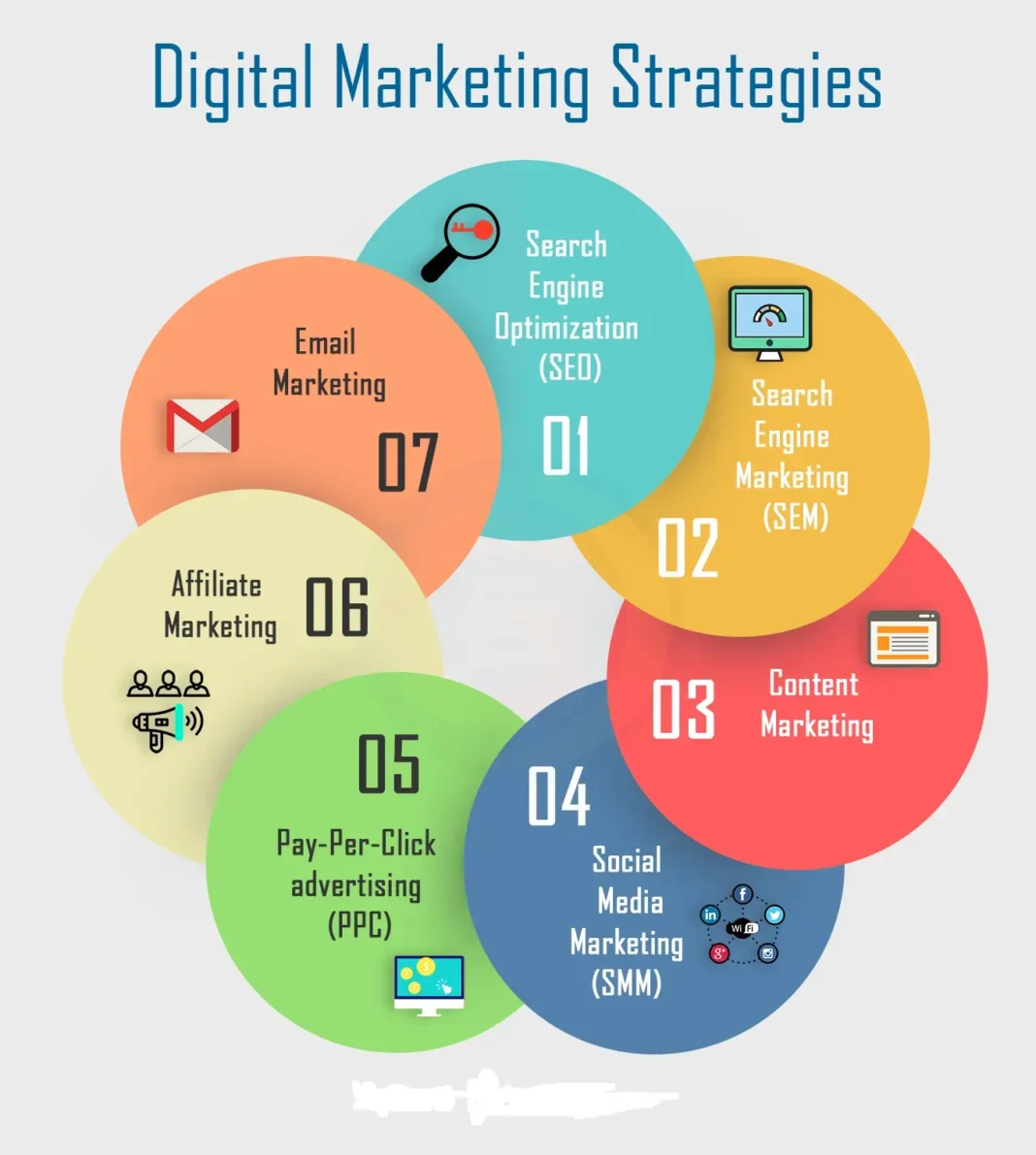Have you ever stumbled upon a webpage only to be met with a discouraging access denial? If so, you’re not alone. Technical hurdles like these, especially when it comes to JavaScript, can frustrate even the most seasoned internet users. In this digital age, browsing seamlessly is essential, yet these interruptions can hinder your online experience. In this guide, we’ll explore common issues related to JavaScript settings in your browser, provide step-by-step instructions to rectify them, and ensure you regain full access to the valuable content you seek.
What Does “Access Denied” Mean?
When you see a message saying “Access Denied,” it usually means you cannot view the webpage you tried to open. This can happen for several reasons. Sometimes, the website might have restrictions that prevent certain users from accessing it, or there might be a setting in your computer or browser causing the issue.
In this case, it suggests that your browser has JavaScript disabled. JavaScript is a programming language that many websites use to function properly. Without it, some features won’t work, and you might be blocked from visiting the page. Don’t worry—this can be fixed easily!
How to Enable JavaScript in Your Browser
If you saw a message about JavaScript being disabled, you can enable it with just a few clicks! Each browser has a slightly different way of doing this. For example, in Google Chrome, you can go to the settings menu, find the privacy section, and turn on JavaScript from there.
Enabling JavaScript is important because it allows websites to display correctly and function as intended. This means you will be able to see videos, interact with maps, and enjoy all the features that the site offers. If you get stuck, many websites have guides that can help you step-by-step!
Common Reasons for Access Issues
There are different reasons why you might encounter access issues when trying to visit a webpage. Sometimes, it may simply be a problem with your internet connection. If the connection is slow or unreliable, it can prevent pages from loading.
Another reason could be restrictions set by the website owners. For instance, if the site is designed for specific users or requires a login, you will not be able to access it unless you meet those conditions. Understanding these common reasons can help you troubleshoot access issues better.
Getting Help with Access Problems
If you still can’t access the page after enabling JavaScript, it might be time to ask for help. Websites often have support or help sections where you can find answers to common problems. Don’t hesitate to reach out if you’re having trouble!
For the website you’re trying to visit, you can contact their support team. There’s an email provided, [email protected], and they can help you figure out why you’re experiencing access issues. It’s always good to ask for help when you need it!
Tips for Safe Browsing
Browsing the internet can be fun, but it’s important to do it safely! One tip is to ensure that your browser is always updated. Updates often include security fixes and new features that help you browse the internet more securely.
Additionally, make sure to use trusted websites, especially when providing any personal information. Look for website reviews, and if something feels off, it’s best to leave the site. Keeping safe online ensures you enjoy a smooth and secure browsing experience!
Understanding Browser Settings
Your web browser has many settings that you can customize to enhance your browsing experience. These settings control what you can see online and how your browser behaves. For example, you can manage cookies and pop-ups, which can improve your access to certain websites.
Familiarizing yourself with browser settings can empower you to navigate the internet smoothly. Spend a little time exploring these options to understand how they impact your access to sites. This knowledge will make you a more confident web user!


